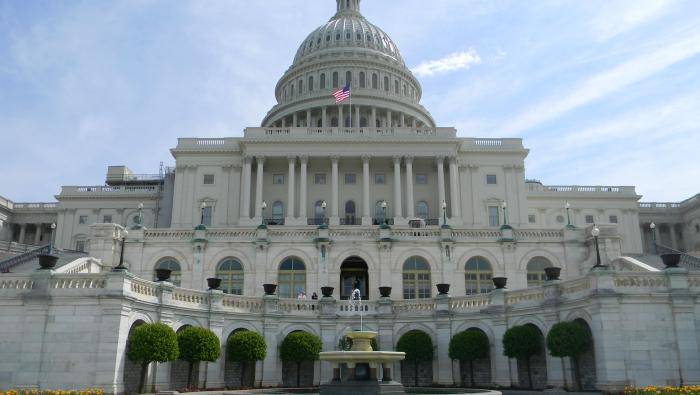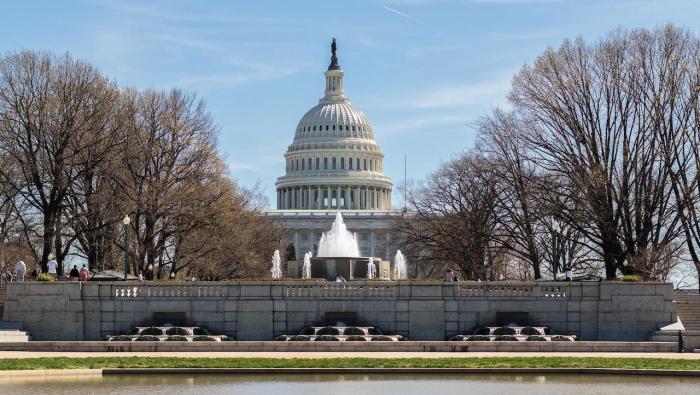The single European sky legislation, with its provision for the creation by groups of states of cross-border functional airspace blocks within which multiple service providers can be certified against common requirements, introduces the novel prospect of competition among air navigation service providers (ANSPs).
As Eric Kroese, executive chairman of Netherlands ATC provider LVNL, told attendees at the recent Jane’s Maastricht ATC conference, the plan is intended to deliver the European Union’s objectives of doubling ATM capacity while improving safety, lowering costs and eliminating delays. Doing so requires a complete overhaul of the European ATM environment, by eliminating both the fragmentation of European airspace and the service provision that comes with it. The result will be fewer airspace blocks, fewer area control centers and fewer ANSPs.
ANSPs, Kroese pointed out, will have to change their airspace, their infrastructure, their organization, their culture, their behavior, their institutional position, their role and the role of their employees. At the same time they have to merge, and under the Sesar program they have to jointly implement the largest leap in the development of the ATM system the world has ever seen, and stay open for business and improve safety.
The European Commission has not defined its desired end, let alone shown anyone an avenue toward it; rather, it has created circumstances that will provoke change and permit the creation of a new order.
By 2020 the European ATM system must be capable of handling traffic peaks of more than 50,000 flights per day. If Europe’s four largest gateways–London, Paris, Frankfurt and Amsterdam–retain their present ranking, 25 percent of these 50,000 flights will arrive or depart at these airports.
The geographic area in which they are located would fit easily within the far northeastern corner of the U.S., yet it contains six flight information regions (FIRs) for which a multitude of civil and military ANSPs provide air traffic services. Each of the four gateways serves as a home base for one of the world’s three main airline alliances–alliances that are engaged in a vigorous, cut-throat competition.
Competition and increasing demand dictate the need for “drastic and continuous improvement of the quality of the hub operation in terms of connectivity, punctuality and reliability, at movement rates in the four terminal maneuvering areas (TMAs) between 160 and 200 per hour,” he said. But handling larger traffic volumes will require ANSPs to take responsibility for traffic flow management at an earlier stage in flight, which means access to much more airspace and competing TMA requirements.
Will the competing demands, Kroese wondered, be reconciled by competition? Will states enforce cooperation to avoid competition or settle for strictly controlled and regulated [pseudo]competition that will inevitably deliver pseudo results? Or will the large airline alliances exercise their influence through the part ownership of the ANSPs they control, resulting in new airspace borders along the lines of competing airline alliances and the ANSPs they seek to control?
Recent conferences and studies have suggested that future en route centers will serve airspace blocks of 20 to 25 sectors optimized for the prevailing traffic patterns. The consequence, Kroese pointed out, will be that by 2020 the present 60-plus centers in the EU will be replaced by just 15 to 20 next-generation centers, and that instead of an average two centers per nation there will be less than one.
Kroese observed, “Making the SES a reality requires agreement on distinct choices by the EU and the member states.”
Those choices include the desired end-state of the SES, how to get there, how to address the question of gains and sacrifices, to what extent competition will be permitted to play a role in European ATM and the desired institutional positioning of ANSPs. And unless they are made soon, Kroese said, “the energy that drives change toward the SES will lose direction and defensive attitudes will start prevailing.”
His conclusion is that “much enhanced cooperation…will bring about the necessary improvements in European ATM. The world of ATM holds fine examples of improvements in the performance of ANSPs in the absence of competition and in the presence of sound governance and clear improvement target setting.”






